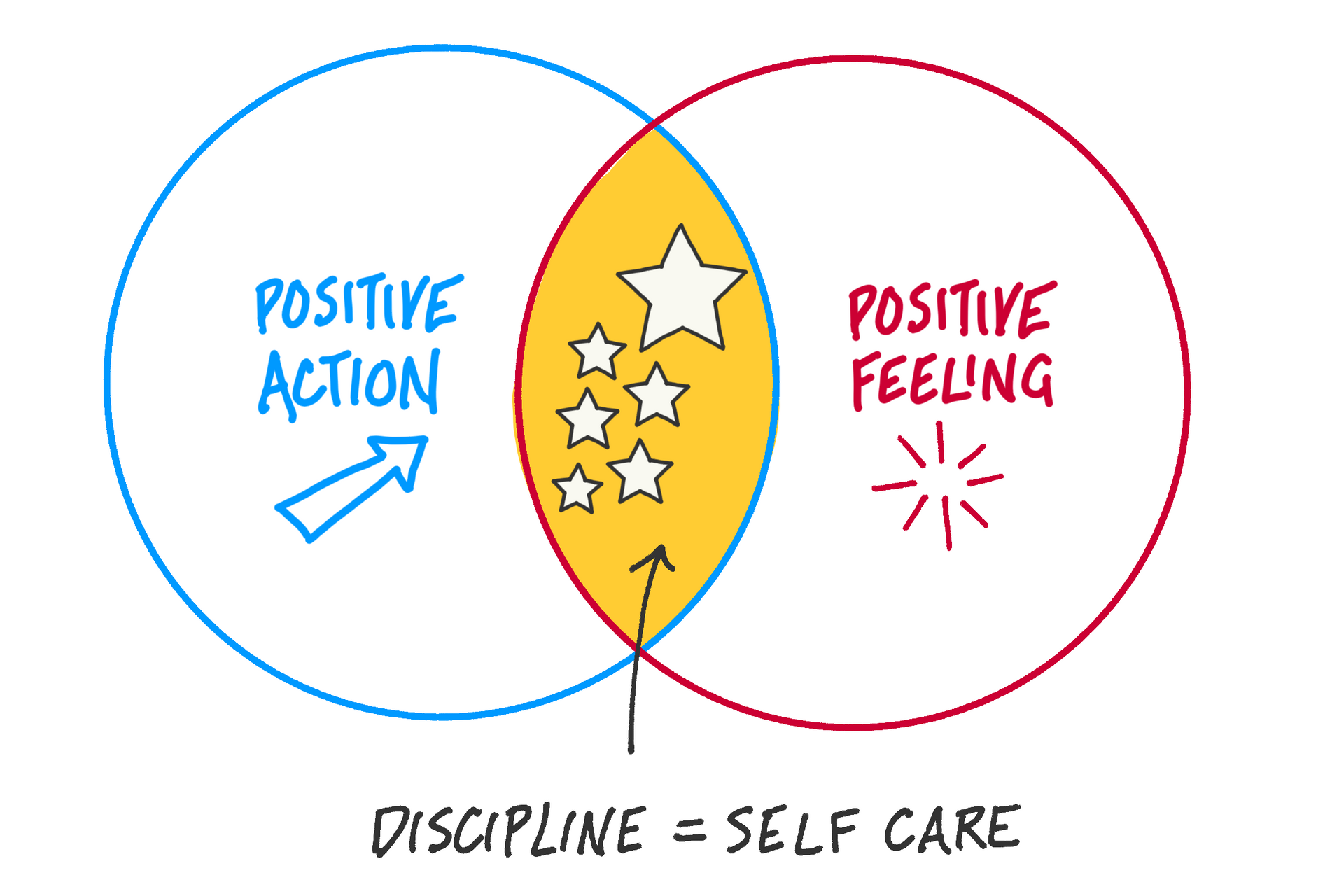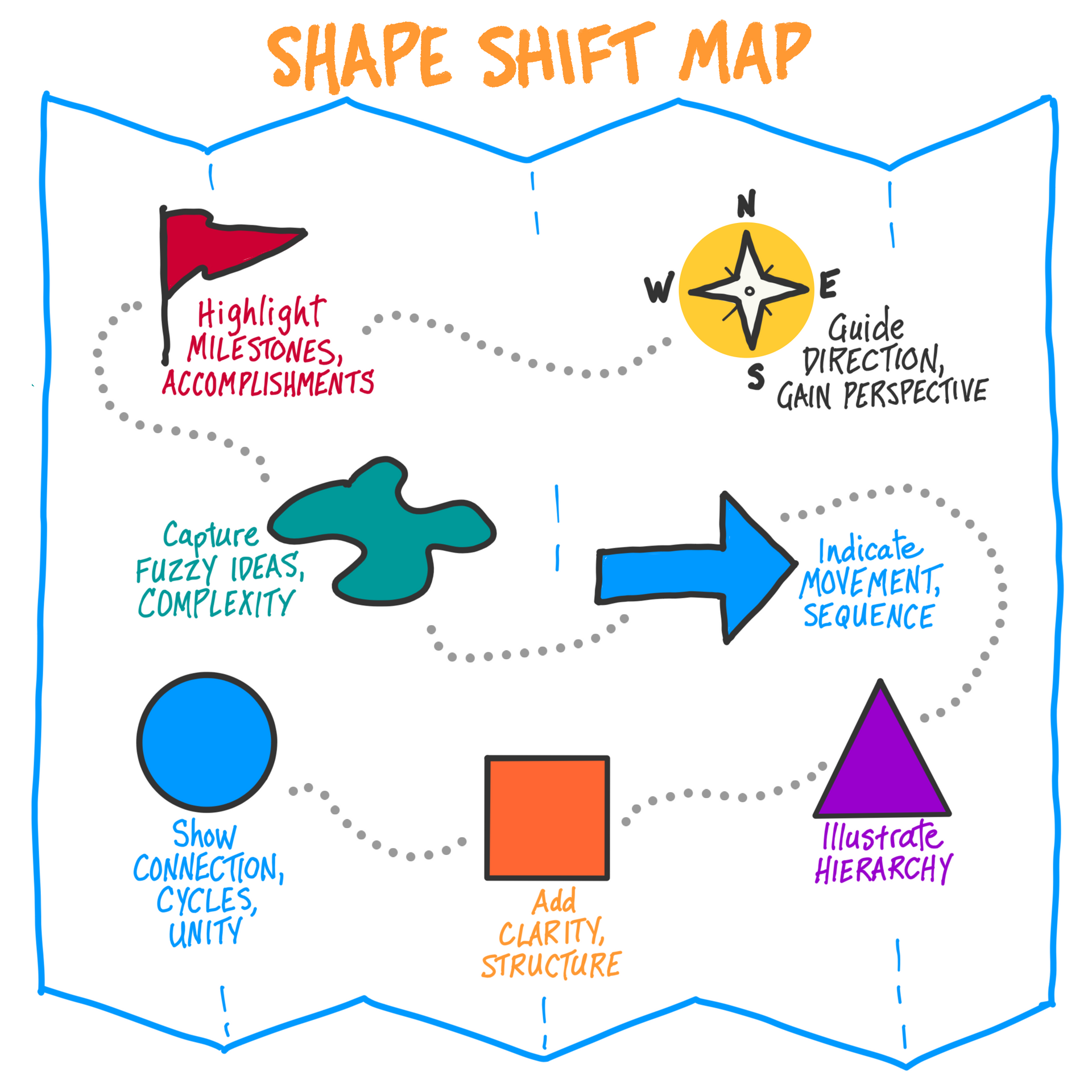The truth is, creative thinking helps EVERYONE be more resilient, which includes staying healthy, as discussed in our last newsletter, "Creativity – Part 1: Creativity, Resilience and My Phoenix Moment." Even bosses are beginning to understand that they need people who can adapt to rapid, sometimes unpredictable change. Organizations are wrestling with ways to measure their resiliency, and if it's measurable, it's usually linked to a performance and reward system.
CREATIVITY Part 2: Creativity and Perspective
The Art of Applied Visual Thinking
There is no lotus without mud. It takes CREATIVITY to notice that the lotus flower pushes its way up through mud to become a beautiful blossom. Taking on the PERSPECTIVE of the lotus flower is the kind of big mind-shifting idea that can lead to INNOVATION. Lots of great ideas have come from the observation of the structures, organization and properties found in nature. Are you, like many adults, of the belief that creativity is best left to "the professionals" who do that for a living, or are you someone who relishes an opportunity for creativity? At Applied Visual Thinking, we believe EVERYONE IS CREATIVE.
Creative thinking builds resilience, and visual thinking makes creativity easier and more fun.
A healthy, strong plant absorbs needed nutrients from all its leaves. Similarly,
your new thinking, creativity and perspective are vital to your organization.
Learning how to communicate your thinking using visuals will spark conversation and perhaps bring to light gaps and areas for improvement.
Where to start?
Be a model of resilience.
It's easy to feel out of control when an unexpected change hits. Here's how the process of turning life's surprises into resilience-building opportunities looks to me now that I have weathered a few. Becoming a model of resilience means demonstrating how to shift your perspective embracing change as an opportunity for innovation.
Here's how:
- Change, transitions, and major life events happen. Choose to act rather than submit to the change and fall apart.
- Seek a new perspective on the situation by getting some distance from it (physically or in your mind).
- Get creative. The fear and helplessness that can come with surprise changes lead to stress and ill-health. These feelings are valid, and applying a creative response (see our free Resilience template in Part 1 of this Newsletter) can provide a safe outlet for them, clearing the path for more solution-oriented ideas.
- Innovate. An immersive creative response to change usually prompts ideas to fix whatever isn't working. These are the seeds of INNOVATION. Taking action to proactively change what isn't working.
- Assess what worked well and what could be improved. Return to seeking a new perspective, and repeat the above process as many times as you wish.
To be truthful, there isn't really an "end" to innovation. INNOVATION becomes a way of life once you discover how fun and satisfying it can be!
How can I keep myself ready for anything?
Train your brain to be more flexible. One way to do this is by practicing one of my favorite creative thinking techniques - SHIFTING YOUR PERSPECTIVE. Some of these will help you literally see things differently, which can sometimes shake up your perspective just enough to give you good ideas to solve whatever you may have been wrestling with. Others may help your team with a mini energy boost.
Shift your perspective.
Follow these perspective shifts with a thought-provoking question such as, "If you could snap your fingers and make one thing better, what might it be?"
See if any of these strategies give you insights into what you might need to change, identify gaps, or give you wild ideas to try. At a minimum, they might prompt some laughter, which is also a wonderful resilience technique.
Let's Draw!
Step 1) Draw some lines and dots for the middle. Add some upside-down V-shapes for petals.
Step 2) Add a zigzag shape over the middle and curved lines below for the inner petals.
Step 3) Add another row of zigzag petals at the top and curves below.
Step 4) Add one more row of V-shapes or zigzags below the flower for the lower petals, and add a broken oval around the blossom. Make a v-shaped cut-out to turn the oval into a lily pad.
There's your lotus flower on a lily pad!
COMING SOON! Applied Visual Thinking for INNOVATION! Make sure you are on our list to receive the launch announcement and available discounts.
















